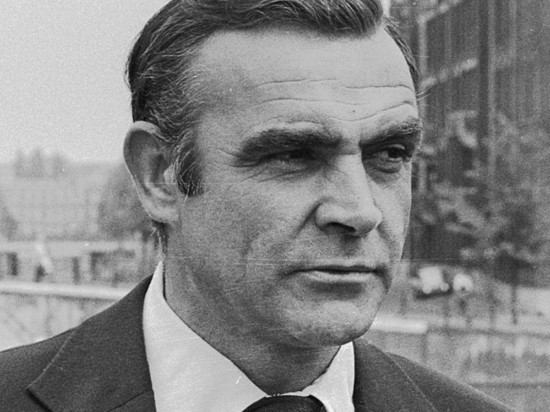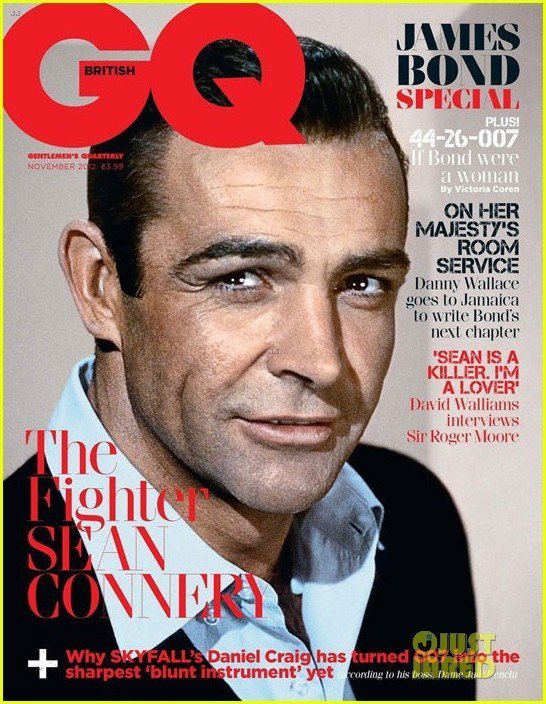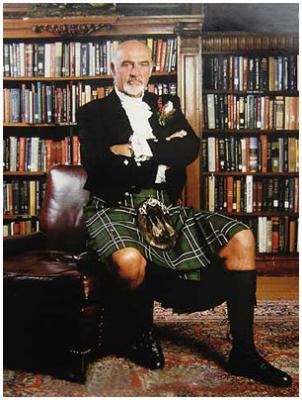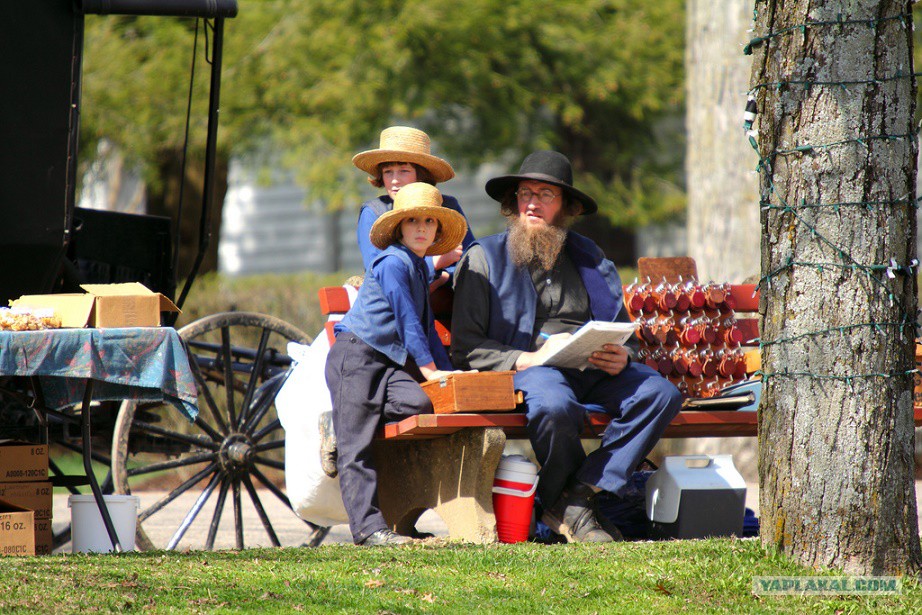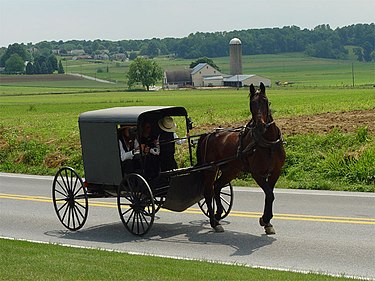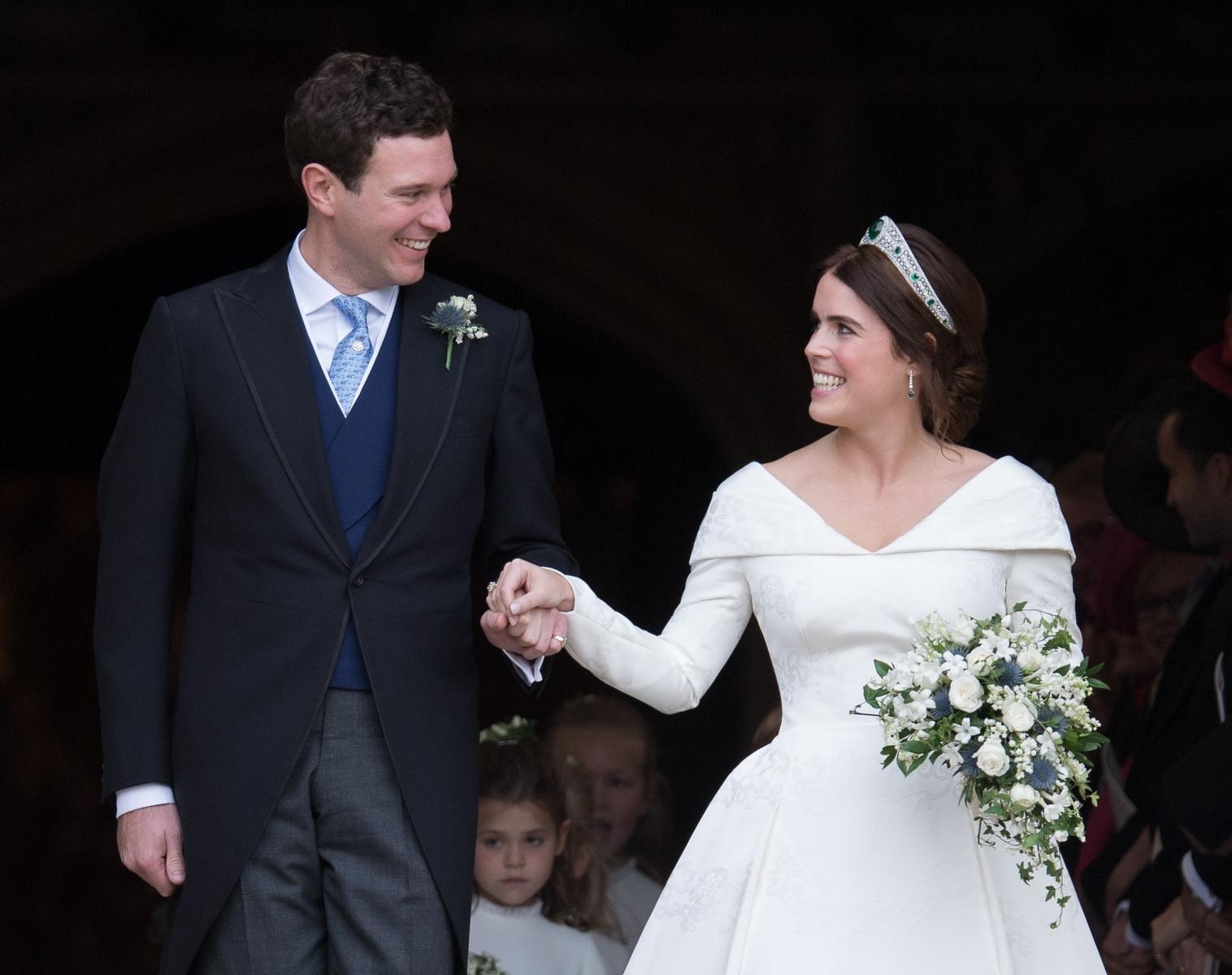'Stop playing games with our lives'
: Americans on financial brink plead with politicians to pass bill for 2nd stimulus checks
Marquise FrancisNational Reporter & Producer
,Yahoo News•October 13, 2020
For many Americans across the country, the prospect of getting a second stimulus check from the government is a matter of life or death. With millions of people out of work due to layoffs and cuts caused by the coronavirus pandemic, many households have been forced to depend on government aid to help pay for basic needs, including food, housing and essential bills.
But instead of elected officials helping those in need, many critics say, politicians are playing games with their lives.
Last week in a series of tweets, President Trump called on Congress to pass additional coronavirus relief measures. It was a stunning reversal after he’d announced just hours earlier that he was calling off negotiations until after the November election.
“The House & Senate should IMMEDIATELY Approve 25 Billion Dollars for Airline Payroll Support, & 135 Billion Dollars for Paycheck Protection Program for Small Business,” Trump tweeted on Oct. 6. “Both of these will be fully paid for with unused funds from the Cares Act. Have this money. I will sign now!”
Less than 30 minutes later, Trump added: “If I am sent a Stand Alone Bill for Stimulus Checks ($1,200), they will go out to our great people IMMEDIATELY. I am ready to sign right now. Are you listening Nancy?”
Top Democrats, led by House Speaker Nancy Pelosi and Senate Minority Leader Chuck Schumer, have largely rejected efforts to pass piecemeal legislation.
Speaker of the House, Nancy Pelosi, said no "standalone" relief for U.S. airlines would pass Congress without guarantees that the White House and Republicans would back a broader Covid-19 stimulus package on October 8, 2020. (Photo by ANDREW CABALLERO-REYNOLDS/AFP via Getty Images)
House Speaker Nancy Pelosi said on Oct. 8 that no "standalone" relief for U.S. airlines would pass Congress without guarantees that the White House and Republicans would back a broader COVID-19 stimulus package. (Andrew Caballero-Reynolds/AFP via Getty Images)
“This is a package,” Pelosi said in July. “We cannot piecemeal this.”
Schumer added that lawmakers would not “take care of one portion of suffering people and leave everyone else hanging.”
Trump’s initial proclamation that negotiations would be off the table until after the election sent Wall Street stocks into a downward spiral. They have since recovered with the news that he wants a stimulus deal.
And the majority of Americans want a second stimulus, particularly before Supreme Court nominee Amy Coney Barrett is confirmed. Two-thirds of voters say Congress should focus on passing more COVID-19 relief for struggling workers and businesses before considering Barrett, according to a new Yahoo News/YouGov poll.
The survey, which was conducted from Oct. 9 to 11, found that large majorities of the public think Congress has its priorities backward. Not only do more than three-quarters (77 percent) of registered voters want legislators to approve another major pandemic relief package, 66 percent want the Senate to vote on it before voting on Barrett’s nomination. A full third of Republicans (33 percent) agree.
Overall, both Democrats and Republicans agree that the country needs a stimulus bill for the economy. But the two sides differ on the scope and size of the bill. Just last week, House Democrats passed a $2.2 trillion aid package, which was down from the initial $3.4 trillion proposal. The Trump administration countered with a $1.6 trillion plan, which Pelosi rejected.
In response, Trump fired off another flurry of tweets.
“Nancy Pelosi is asking for $2.4 Trillion Dollars to bailout poorly run, high crime, Democrat States, money that is in no way related to COVID-19,” he tweeted. “We made a very generous offer of $1.6 Trillion Dollars and, as usual, she is not negotiating in good faith. I am rejecting their request, and looking to the future of our Country.”
President Donald Trump gestures during a campaign rally in Sanford, Florida, U.S., on Monday, Oct. 12, 2020. (Photographer: Zack Wittman/Bloomberg)
President Trump at a campaign rally in Sanford, Fla., on Monday. (Zack Wittman/Bloomberg)
Rep. Alexandria Ocasio-Cortez, D-N.Y., slammed the president’s initial plan, calling it an “anti-agenda.”
“The President & GOP are walking away from getting ANY COVID stimulus relief done, effectively endangering millions, after *they* themselves got COVID & enjoyed free socialized healthcare, so they can push through an anti-ACA SCOTUS pick,” she tweeted.
A point of contention between the political parties is relief for states and local governments. Democratic House leadership insists that any legislation needs to contain $500 billion in aid for states. But Senate Majority Leader Mitch McConnell dismissed the idea of allowing states to use federal funds to help them make up for budget shortfalls.
The Trump administration and allies have called it a “blue state bailout.” But individuals in states with Republican governors received the largest stimulus checks during the first round.
Caught in the middle of the back-and-forth are individuals and businesses in dire straits, such as the airline industry. Without a stimulus plan, 50,000 airline workers will be without jobs.
Meanwhile, American citizens are having a tough time making ends meet, and the lives of millions of Americans hang in the balance. And if there is no stimulus deal by the election and Trump loses, there may be no government relief until 2021.
An example of a guide to how to handle financial crisis using the stimulus package. (Getty Images)
An example of a guide to how to handle a financial crisis using the stimulus package. (Getty Images)
Jake Schwartz, one of the co-founders of General Assembly, an education company, said the second stimulus bill is critical to the overall economy.
“People sometimes misunderstand that the economy is not a bunch of discrete activities,” Schwartz told Yahoo News. “It’s a sort of very intricately intertwined, sometimes very complex ecosystem. And when you start messing around with the ecosystem, just like we know in nature, that ecosystem can start to collapse.”
Schwartz said it seems as if both Republicans and Democrats are to blame for the protracted negotiations. “Who knows what the negotiations look like on the inside?” he said. “But in the absence of real clarity on that, you’re going to see this game of who can blame the other side for it not happening. And sadly, that game comes at the expense of so many people.”
Lisa Schutt, 54, a seasonal theme park worker from New York’s Long Island, said she’s been banking on a second stimulus check.
“It’s been hard,” said Schutt, who’s been out of work since the pandemic began. “We feel like the president is playing politics with this. … I have bills to pay.”
A lifelong Democrat, Schutt jumped ship to vote for Trump in 2016 and plans to do so again later this year, though she’s also angry at the president. “I’m a Trump supporter however this is pissing me off,” she tweeted Oct. 6, in reaction to the initial news of no second stimulus until after the presidential election.
Yet she blames Democrats more. She says that President Barack Obama and Vice President Joe Biden “destroyed” health care, and she no longer has confidence in the Democratic Party.
Vice President Joe R. Biden (L) listens as President Barack Obama speaks in the Oval Office of the White House on May 21, 2016. (BRENDAN SMIALOWSKI/AFP via Getty Images)
Vice President Joe Biden listens to President Barack Obama in the Oval Office in 2016. (Brendan Smialowski/AFP via Getty Images)
“I don’t feel confident in Biden and Kamala [Harris],” Schutt said. “The Democratic Party is not what it used to be … [but] this president is keeping his word. He supports the values I do. … I feel like Trump really does love this country.”
For Christopher Linton, a 25-year-old nursing home administrator from Louisville, Ky., a second stimulus check won’t directly affect his life one way or another very much, but it will affect those he serves. He believes that Congress needs to pass a second stimulus with “no strings attached.”
“People took a pay cut and took on extra expenses that they didn’t realize they needed [like child care],” he said. “Twelve hundred dollars would do a lot for a lot of different people in a lot of different industries. … The country is a hard place to live in as it is, and this puts people in a worse position than they were in.”
Linton said Trump is using a second stimulus as leverage in this year’s election. And too often, Linton believes, Trump puts money before the American people.
“I don’t think you should use stimulus as leverage in an election,” said Linton. Trump “is using the stock market as an indicator for his actions, but it’s not indicative of everyday Americans. … I don’t think President Trump understands the life of an everyday American. He’s never had to worry. He’s in that bubble, and that’s not the case to most Americans.”
Jordyn Hall, who lives in Florence, Ore., represents a large part of society — young adults — who depend on a second government stimulus. Hall, 19, has been out of work for months due to a major surgery, and she does not qualify for disability. She says people like her need a second stimulus for survival. Until then, she can’t pay her bills.
“We are all drowning, and I can’t even pay my car insurance,” she said. “Other people can’t afford the basics for their children. … Meanwhile, politicians are playing. We’re stuck.”
It’s on Democrats, Hall said, to act, since Trump says he is on board.
“Since Trump is now willing to pass the stimulus ... Pelosi needs to see that Americans are starving and need this,” said Hall. “When it comes down to kids who are hungry, we need it. I empathize with all the families who are struggling to put food on the table. Remove the politics.”
Given the down-to-the-wire delay of a second stimulus rollout, Hall plans to vote for Biden in November. She believes that a great deal would have to change for Trump to be a good candidate, and there have been no signs of it. She’s willing to bet on Biden.
Biden “is not the best candidate … but we have to take our chances,” said Hall, who acknowledges that Trump has done what he set out to do.
Under Trump, she said, “the rich just get richer and the poor get poorer.”
Jeffrey J. of North Las Vegas spent 20 years in the Air Force. (He asked to be identified only by his first name and last initial.) For him, the stimulus checks are nice to have, though he says he doesn’t particularly need them. But his family does, and he says his son and mother are the ones who benefit most from them.
“[My wife and I] received stimulus checks back in the spring, and it was good to have to build a cushion, but we weren’t struggling,” said Jeffrey. “We are government workers. … Our personal finances didn’t change, but our oldest son, a 24-year-old archaeologist, has only gotten seasonal work with forestry and could really use this stimulus. … For my 80-year-old mother, it would also help.”
As a lifelong Republican, Jeffrey now feels like a “person without a party.” He decided not to vote for Trump in 2016 and doesn’t plan to vote for him again in 2020.
“I didn’t think he was the right person, and I felt his policies were dangerous,” said Jeffrey. “In 2016, it was my responsibility to do what was right. In 2020, it’s my responsibility to tell others.”
Jeffrey had voted Republican almost his entire life until 2016. In the past, for him, even when he was not totally on board with a presidential nominee, his party was most important, and he went with the conservative in the race. Things have since changed.
“It’s not about putting your party first anymore,” said Jeffrey. “Rich people are the only ones that have benefited from Trump’s last four years. … We need a stimulus [as a result]. ... As we try to turn the corner on the virus, that requires people to have money to invest in the economy.”
Debra DeFilippo believes that only the most vulnerable Americans deserve a stimulus check.
“The stimulus should only be for people who need it, and not for anything else,” DeFilippo, 56, said. “Everything is going up. Bills, food and rent [have] to be paid. And you’re being asked to stay home. … It shouldn’t be for anything outside the spectrum of schools, states and businesses.”
DeFilippo says the deciding factor of whether she can pay her bills depends on a second stimulus.
“We the people need a stimulus check,” she tweeted Oct. 6.
As a lifelong Democrat from Long Island, DeFilippo says she voted for Obama twice and then Hillary Clinton in 2016. But in 2020, she plans on voting for Trump. She believes that Democrats are to blame for a lot of what’s wrong in the country, including recent violence.
“Democrats are causing all these riots in the streets,” she said. “We are going back to the Stone Age.”
DeFilippo also blames Democrats for the second stimulus bill not getting through. Trump, she says, seems to “want to make a deal.”
“Pelosi is the one knocking it down,” she says.
_____









